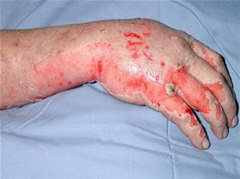 What is a burn? It's a form of injury to body tissues which is caused by heat, corrosive substances or friction. There is another form of burn, which is known as scald; it results from exposure to hot water or steam.
What is a burn? It's a form of injury to body tissues which is caused by heat, corrosive substances or friction. There is another form of burn, which is known as scald; it results from exposure to hot water or steam.
There are three degrees of burns, explained below.
First degree burn: It's the least serious burn. The injury is limited only to the outer layer of skin (epidermis), but not all the way through. The skin is usually red with swelling and pain sometimes present. First degree burns are always considered minor burns.
Second degree burn: The injury is inflicted to the first layer of skin (epidermis) and the second layer of skin (dermis). Blisters usually develop with this type of burn. Severe pain and swelling are very common. Second degree burns could be considered minor burns if they affect less than 15% of body surface area, otherwise they would be considered major burns.
Third degree burn: It's the most serious form of burn. The injury extends very deep into the skin. The affected area appears very dark or extremely white. Due to destruction of nerves in this type of burn, the patient usually doesn't feel pain. This type of burn may be fatal if it's not properly treated. Third degree burns are always considered major burns.
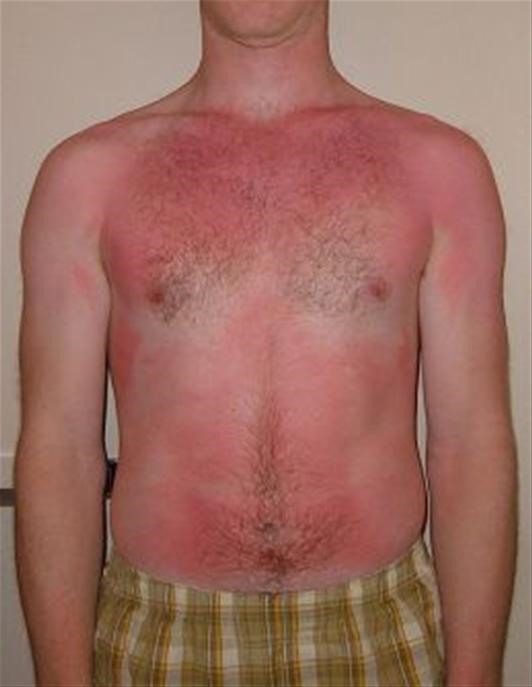


When You Should Get Immediate Medical Attention
- When there's a large significant second degree burn.
- When there's any third degree burn.
- When there's any neck or facial burns, no matter the degree.
- If there's difficulty in breathing (smoke may induce severe lung injury).
- If the burn was due to exposure to electricity (heart problems area common with such cases).
- If the burn was due to exposure to chemicals, e.g. acids or alkalis.
What You Should Do Until Medical Care Is Available
Step 1 Step 1 Get away fast
To prevent further damage to the skin and underlying tissue, quickly move away from the hot water or fire—the less exposure, the lesser the burn.
Step 2 Step 2 Expose the burnt skin
Exposing the burn is very important, as it gives you a better chance to asses the type and extent of the burn. Remove any clothes covering it. Also, removing clothes covering the burn is essential for the next step.
Step 3 Step 3 Cool the burn site
Cool tap water is sufficient to prevent further damage to the tissue. Never put ice on burns; as ice induces narrowing of small blood vessels in the site of the burn, leading to ischemia and more tissue damage.
Step 4 Step 4 If it's a 1st degree burn
 If it looks like a 1st degree burn, one with red skin but no blisters, you may manage that burn at home by yourself if you have the knowledge to do so.
If it looks like a 1st degree burn, one with red skin but no blisters, you may manage that burn at home by yourself if you have the knowledge to do so.
- Never apply a bandage to this type of burn.
- Wash the skin with any antiseptic solution, e.g. Betadine.
- Cover the burn with any pain relieving ointment containing local anaesthetic, e.g. 1% lidocaine.
- You may take one tablet of aspirin to reduce the pain.
- It would take 4-6 days to heal completely.
- Go to the physician when blisters start to appear in the site of the burn.
Step 5 Step 5 If it's a 2nd degree burn
 If you see blisters, it's probably a 2nd degree burn. Generally, after putting it under tap water and cleaning it with antiseptic solutions, do the following.
If you see blisters, it's probably a 2nd degree burn. Generally, after putting it under tap water and cleaning it with antiseptic solutions, do the following.
- Local pain relieving ointment may be used.
- Never break the blisters (for fear of infection).
- Sterile vaseline gauze is used to cover the site of blister (never use cotton or classic gauze, as they may become adherent to the tissue, leading to more injury when they get removed).
- Change the bandage every 1-2 days. But before putting down the new bandage, make sure to wash the burn with water and antiseptic solution.
- Look for any sign of infection that may superimpose the site of burn, e.g. fever, unexplained increases in pain at the site of burn or any abnormal discharge like pus.
Warnings
- Never treat a 2nd degree burn if it's located on the face or neck.
- Never treat a 2nd degree burn if its size is more than 3cm wide.
Step 6 Step 6 If it's a 3rd degree burn
Don't treat yourself. Seek medical attention immediately.
Step 7 Step 7 Seek medical care
If it's third degree, seek care immediately. If it's first or second and you're worried about it, never hesitate to go to your own physician to make sure everything is okay.
Just updated your iPhone? You'll find new emoji, enhanced security, podcast transcripts, Apple Cash virtual numbers, and other useful features. There are even new additions hidden within Safari. Find out what's new and changed on your iPhone with the iOS 17.4 update.



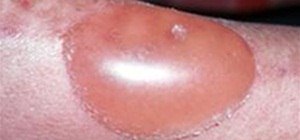

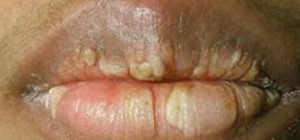
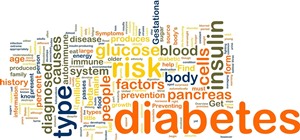

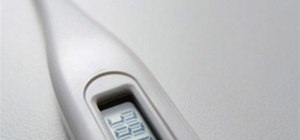
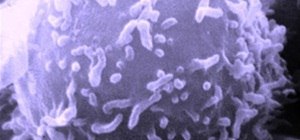
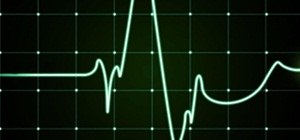



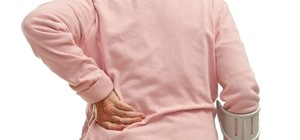

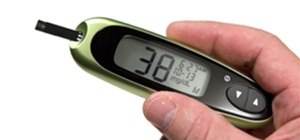
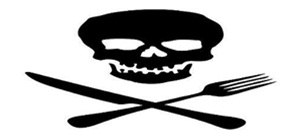
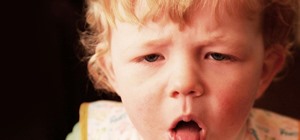
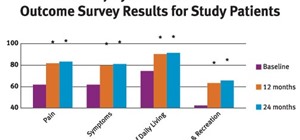
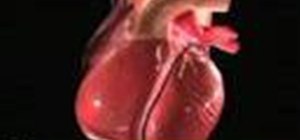

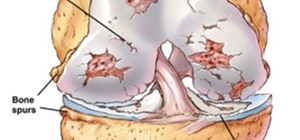

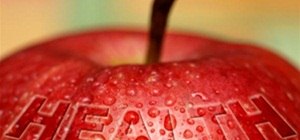

Be the First to Comment
Share Your Thoughts